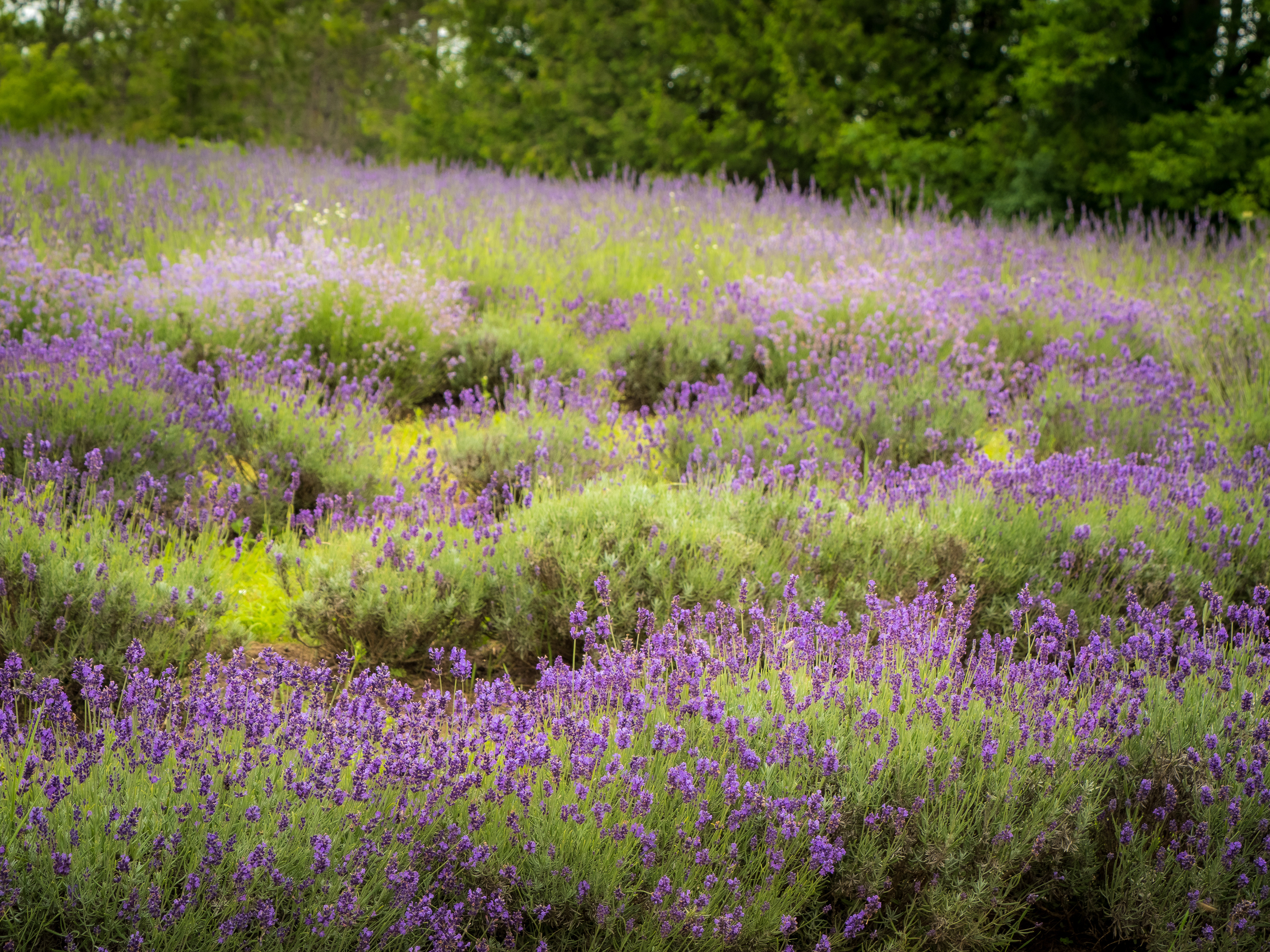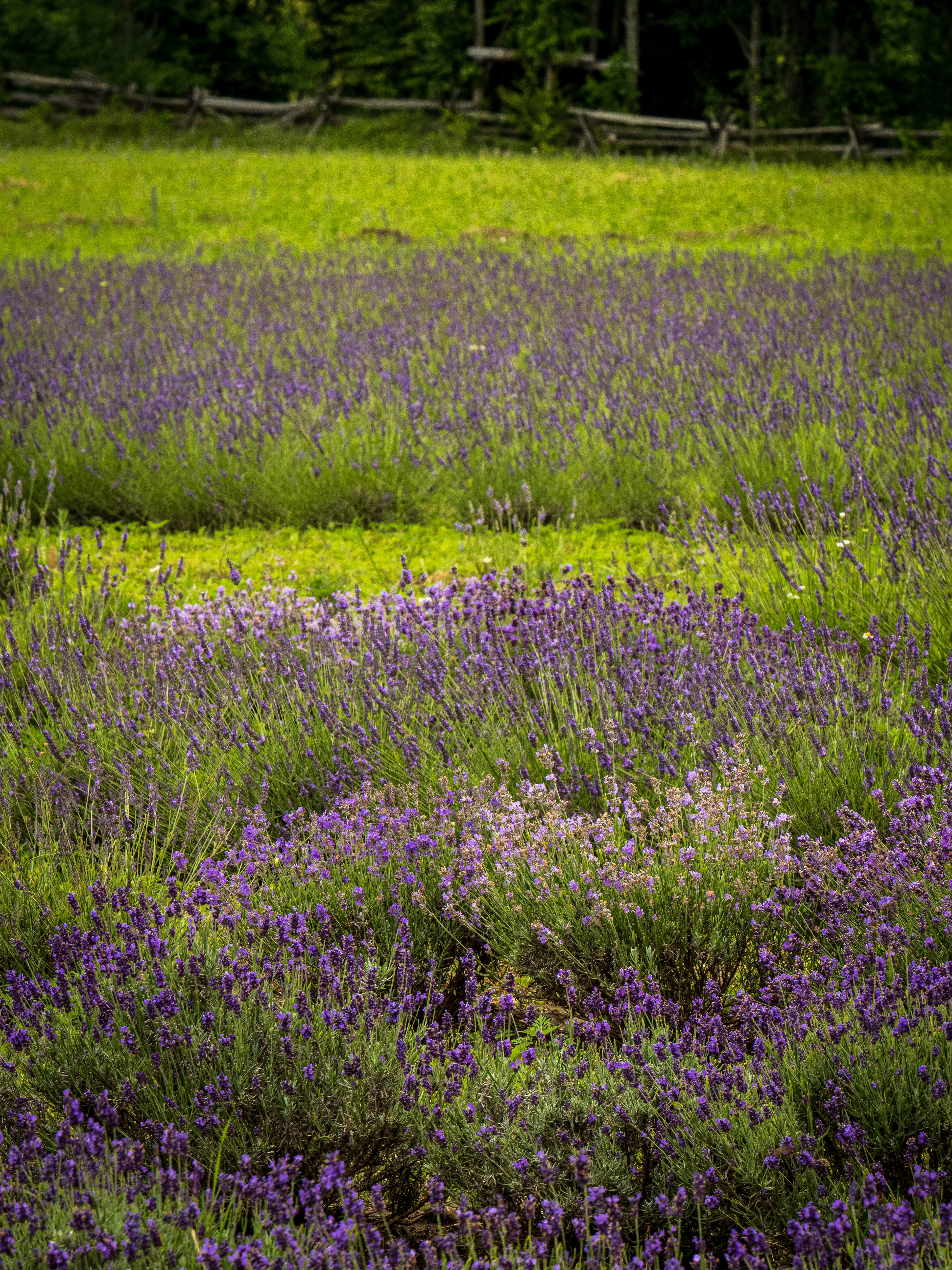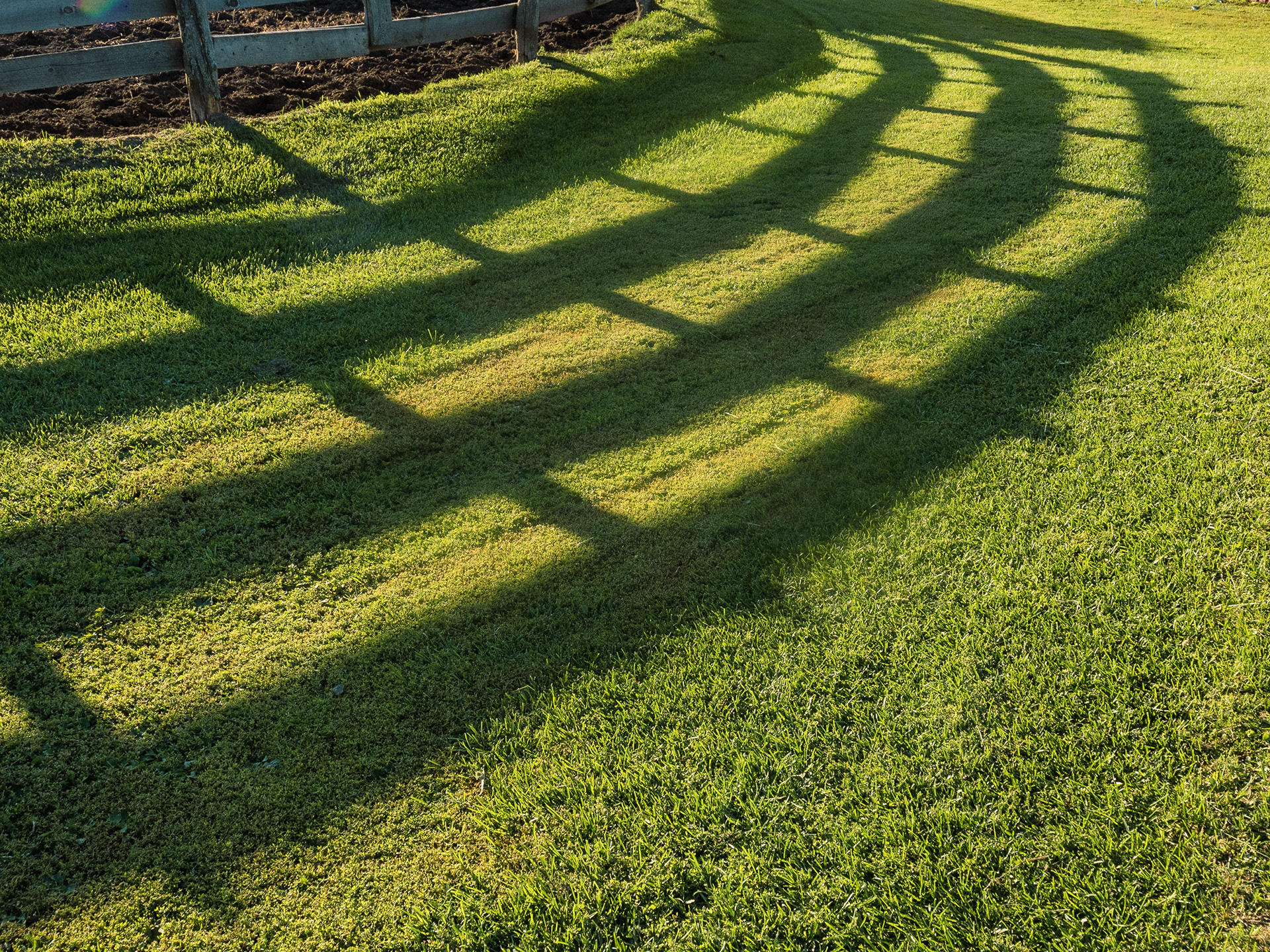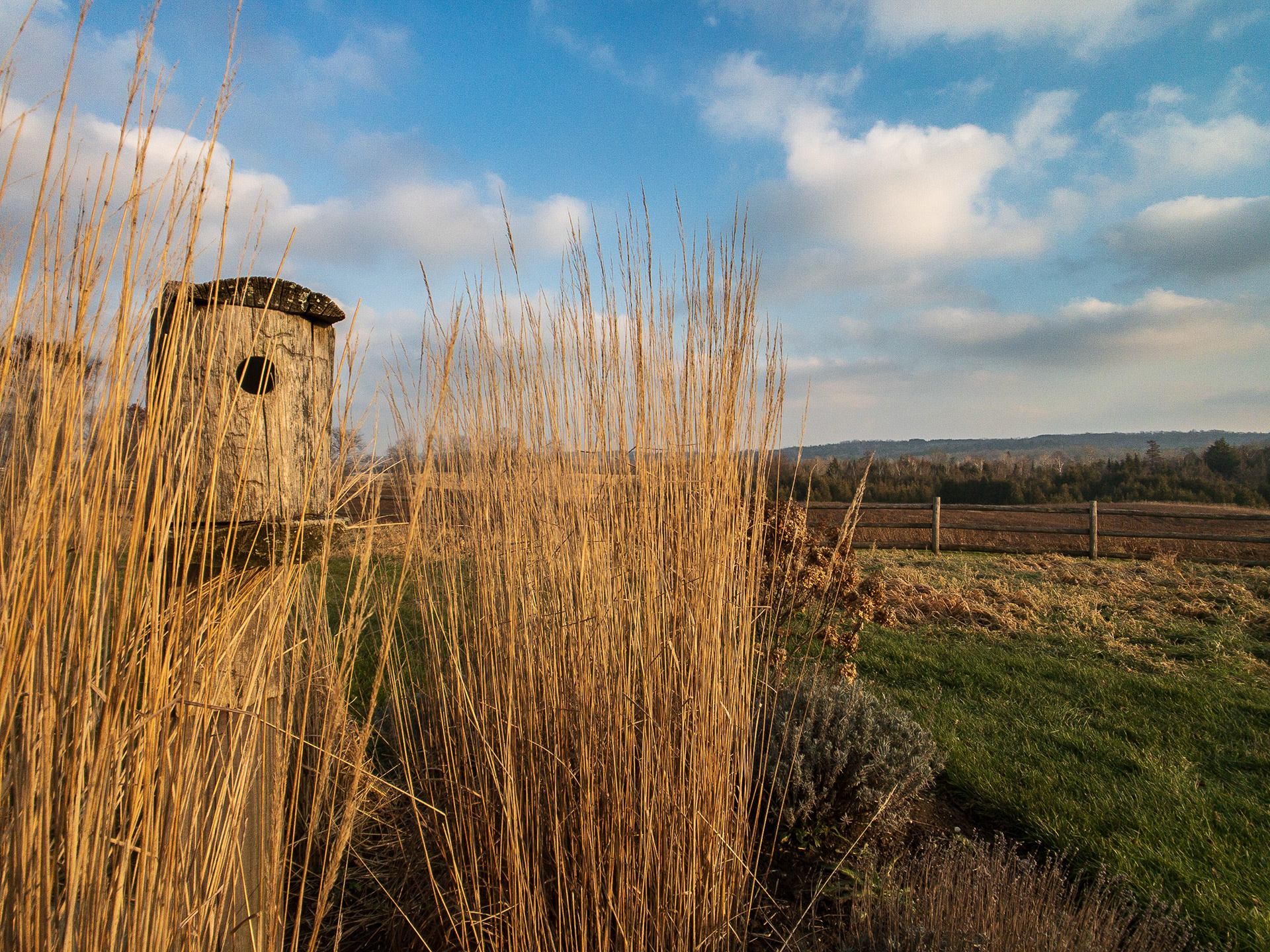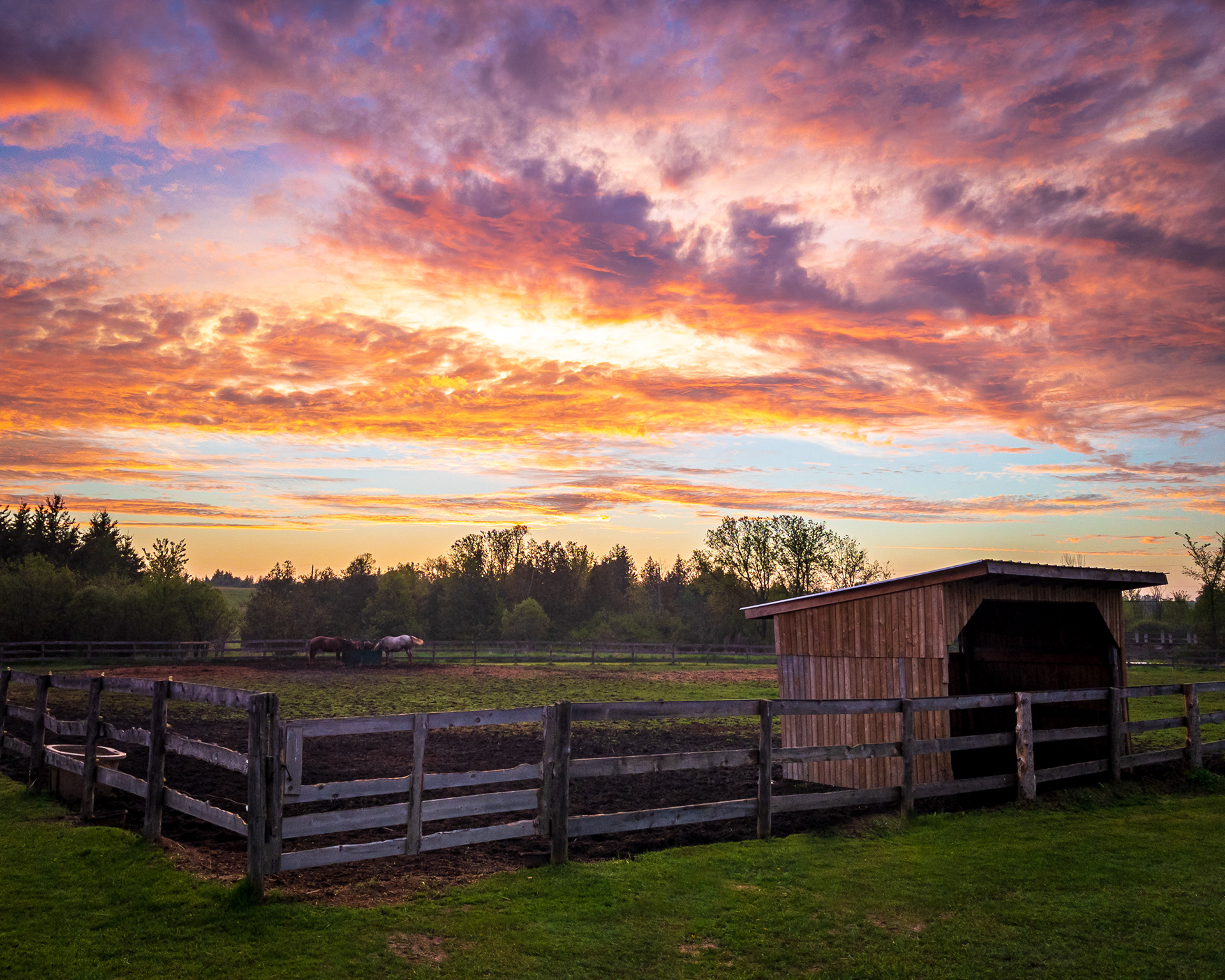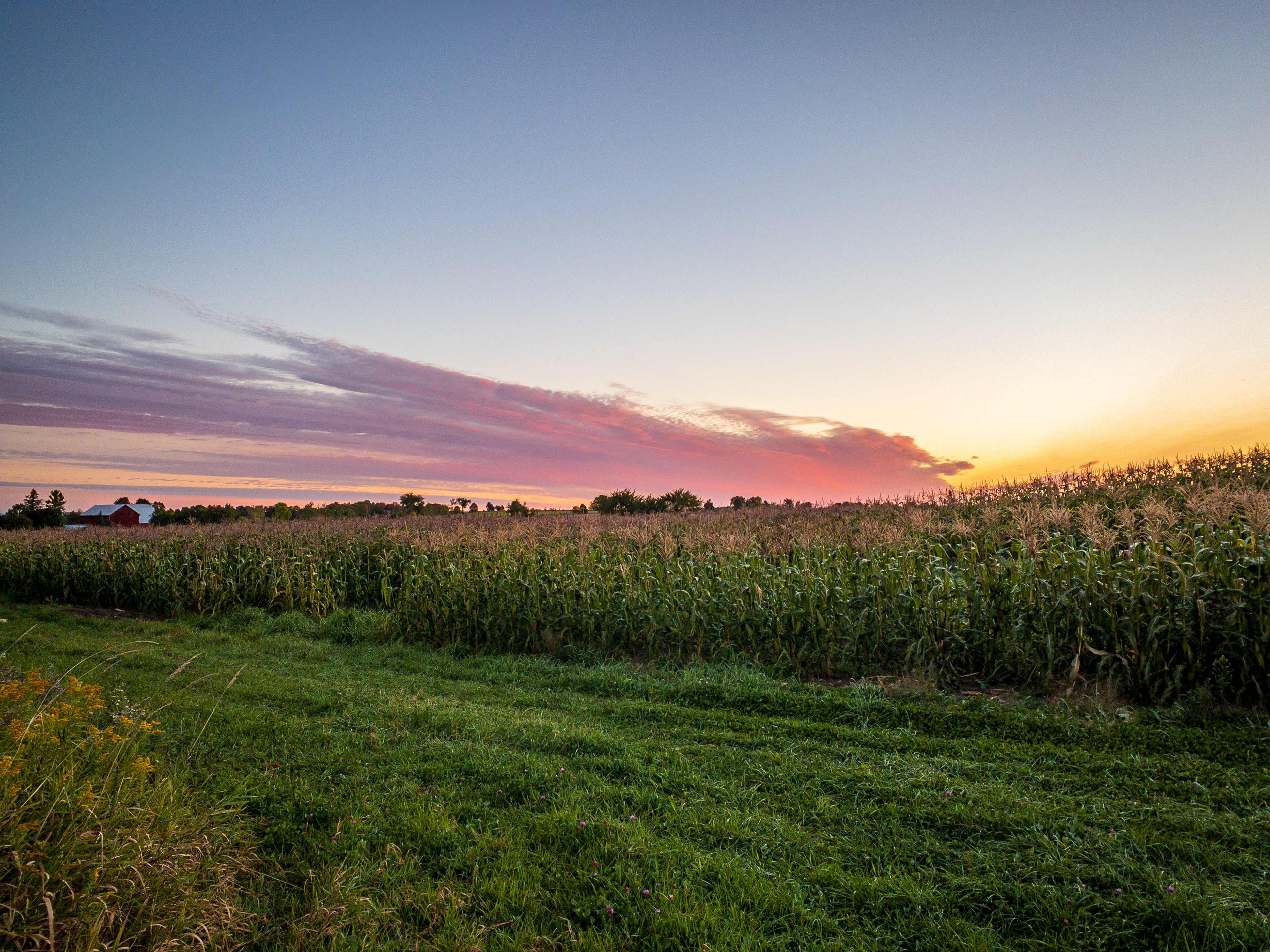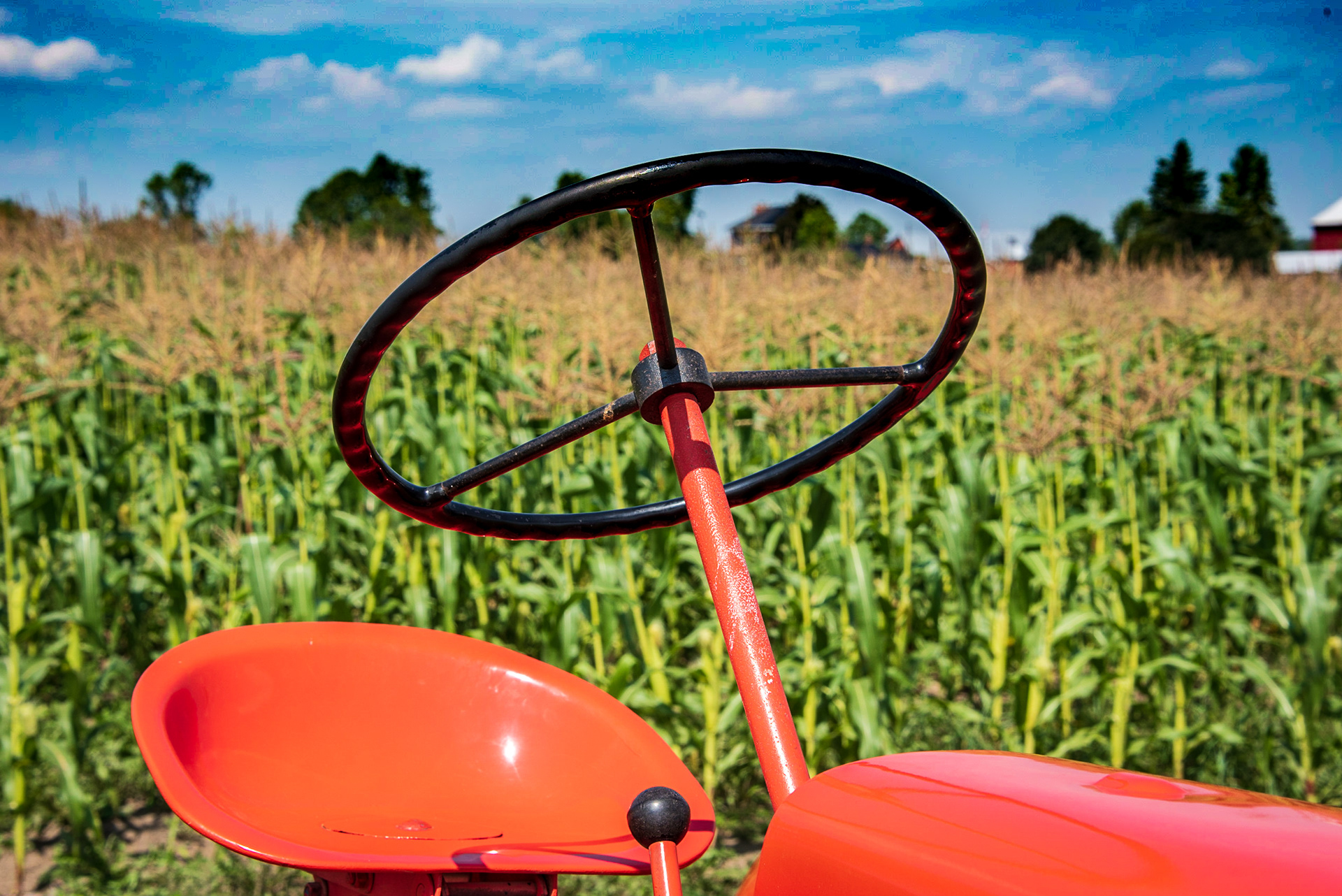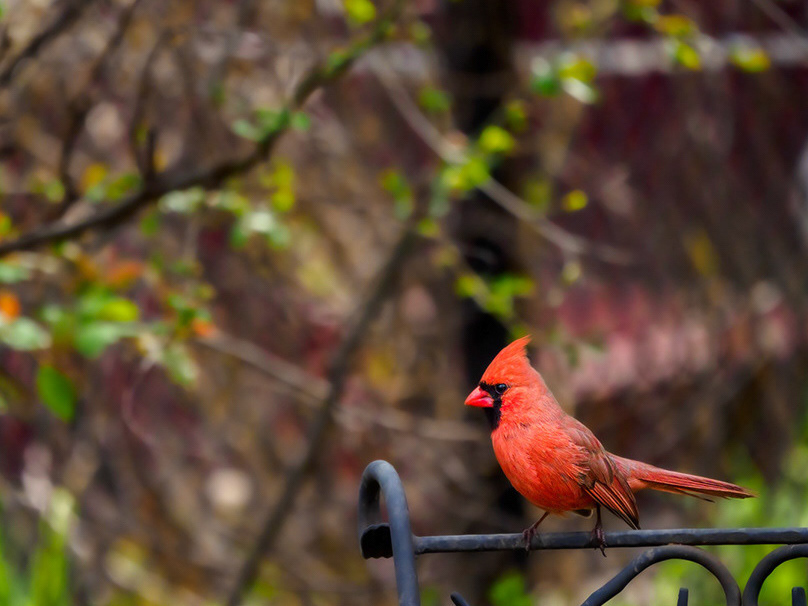Respectful Photography
Capturing rural landscapes without impacting the environment
A recent Twitter post by the Ontario Provincial Police (and subsequent news story from Global News and other local outlets) brought to light a serious issue in Ontario’s rural areas; agricultural trespassing.
The Twitter post went somewhat viral, featuring a photo of several people who had hopped a canola field fence in order to get the perfect selfie. Not only was this trespassing, it caused significant damage to this farmer’s crop - to the tune of nearly $6,000.
Reading the news story, I was shocked by the lack of consideration of these people in search of the “perfect selfie.” I say this because I photograph many rural landscapes around my cottage and other Ontario locations and not once have I ever stepped into a farm field to make a photo, unless I had permission to do so. I have always stayed on the road, or shot from the road side edge of the fence or field to capture these beautiful vistas.

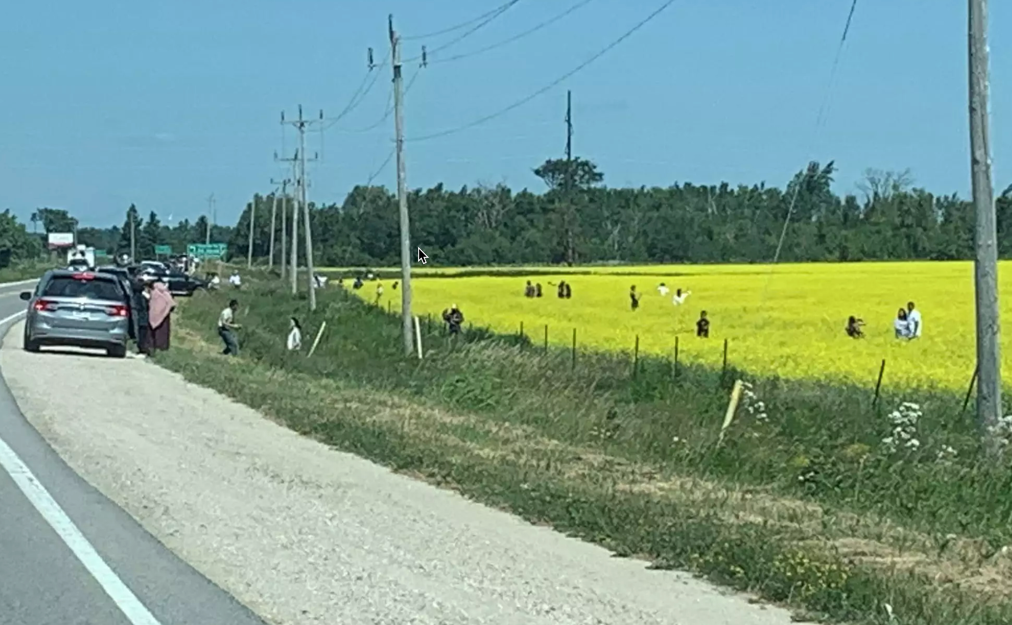
Image of tourists tramping through a canola field, captured near Dundalk, Ontario over the Canada Day, 2022
This trespassing issue is not new or unique to rural Ontario. In past years, sunflower farms have suffered a similar fate. In fact even when the fields were opened to the public, the ensuing traffic and safety issues often resulted in that access being revoked.
In Other News...
In a totally unrelated series of events, over the same long weekend, I posted two of my “roadside captures” which were noticed by a Facebook friend and fellow photographer. She applauded my images as perfect examples of “respectful photography.”


In her region of Ontario (Grey-Bruce), this type of trespassing is happening all too often and local residents and farmers are getting understandably frustrated by the lack of consideration demonstrated by these selfie tourists.
Capturing a Roadside Attraction with Respect
I had never considered this term - respectful photography - before - but I neither have I ever considered just walking into a field crop to get a great photo. Heck, I don't even like sanding in someone's driveway to get a photo.
There are many things you can do to capture a magical image (or selfie, if you must), that don’t involve trespassing and/or damaging a food crop in the process. So, along with some of my favorite rural landscape images, here are 10 tips. All of these suggestions are based on making your photos from the roadside or at least staying on the road-side of any fence or field. It's worth noting that none of these tips necessarily occur in isolation; you may find yourself employing several of them in any given composition.
With the exception of tip #1, this advice is not in any particular order.
#1 - Safety First.
Parking on the shoulder of a country road can be dangerous!
- Make sure you have at least a car's width of shoulder to pull over to. If necessary, for your own safety and that of others, drive further along until you have a reasonable amount of shoulder to park on. A little walking won't hurt ya.
- Put your hazard lights on.
- Check - and then check again - that you are clear to open your car door.
- Be aware of traffic. Not just cars and pickup trucks, but heavy farm machinery. Combines, tractors, hay balers, harvesters, irrigators, and the like can take up MOST of a country road, and they often use the shoulder to make it easier for regular traffic to pass around them. Be aware of how busy the road is. if there is a lot of traffic, consider coming back to the area at another time.
- Stay as far away from the road as you can when you are making your photographs.
- If you are pulling over at dusk, wear reflective clothing.
#2 - Pick a different time of day.
This takes planning, or some trial and error, but if you’re willing to get up early or time things right at sunset, you can get some very dramatic images.








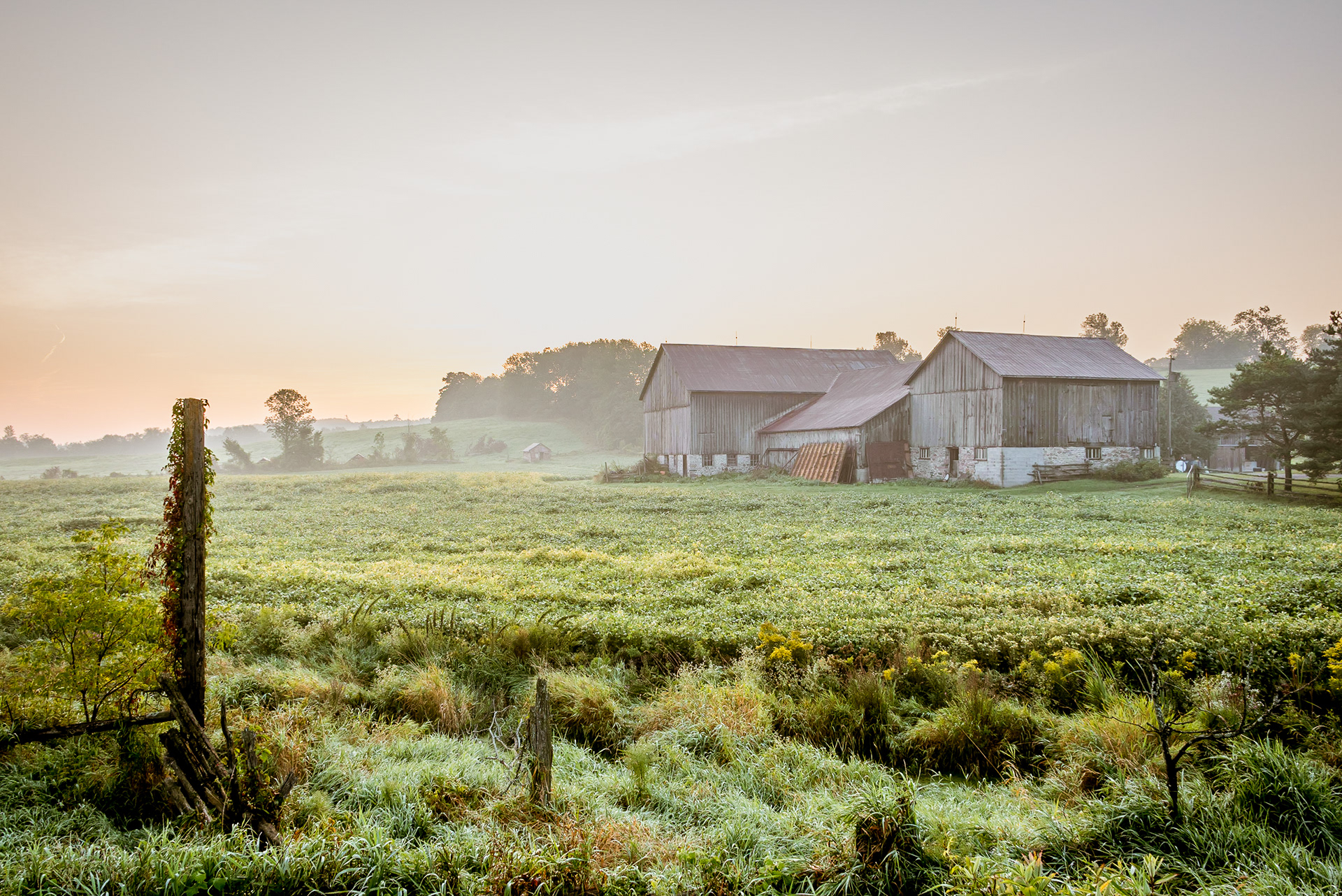
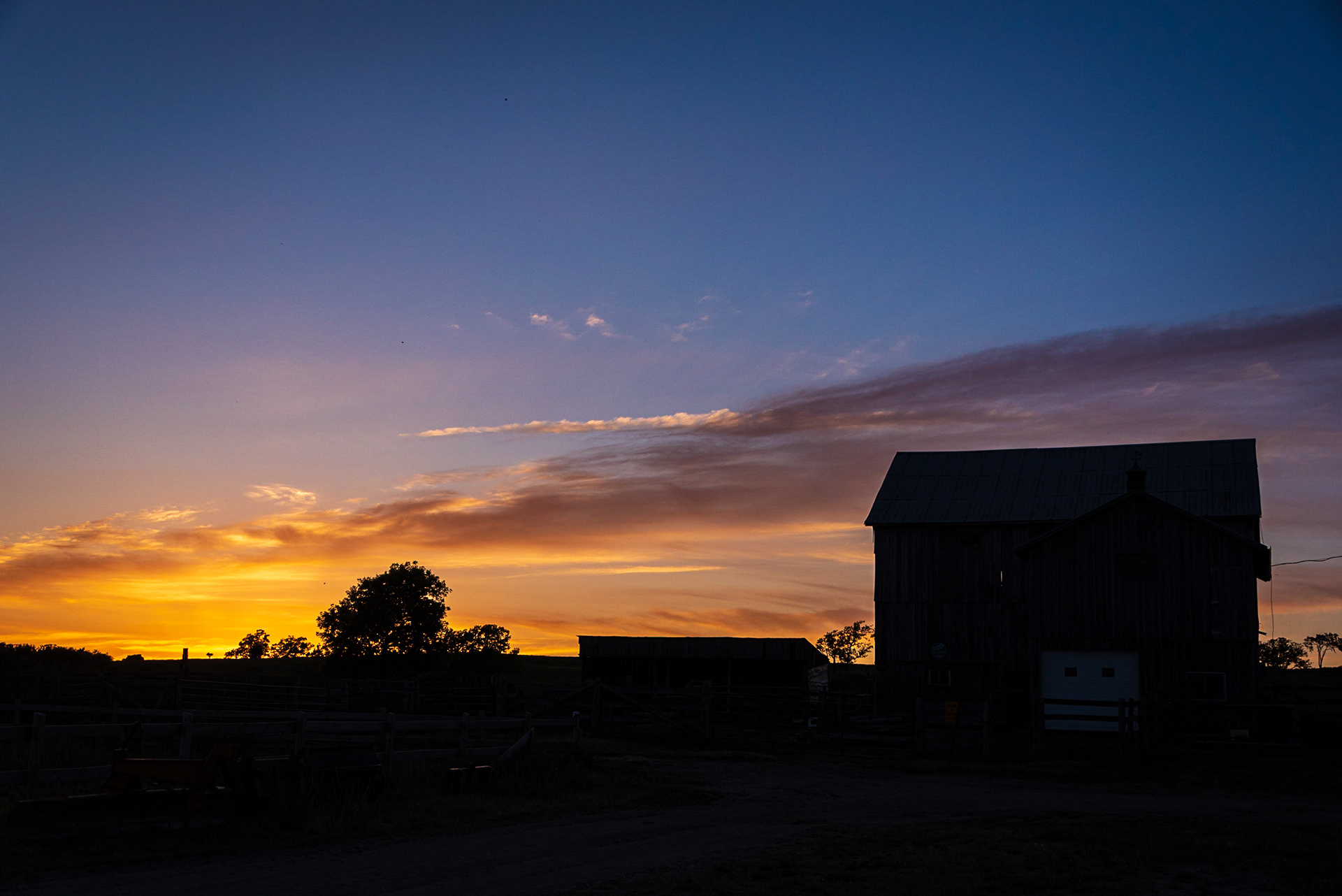

#3 - Change your elevation.
Don’t be afraid to get lower to the ground - or higher above it - for the perfect viewpoint. Often, a scene attracts me as I’m driving, and even though I’m only a couple feet above the ground in the car, the road itself is often somewhat higher than the edge of the field (or the entire field). Then, when I stop the car and get out to make a capture, my elevation isn’t quite as high and the scene in front of me changes. Sometimes I can get the right result by holding my camera over my head, or by using a sturdy tripod that stands higher than me, but it might also involve a short ladder, or popping my head through the sunroof of my car.



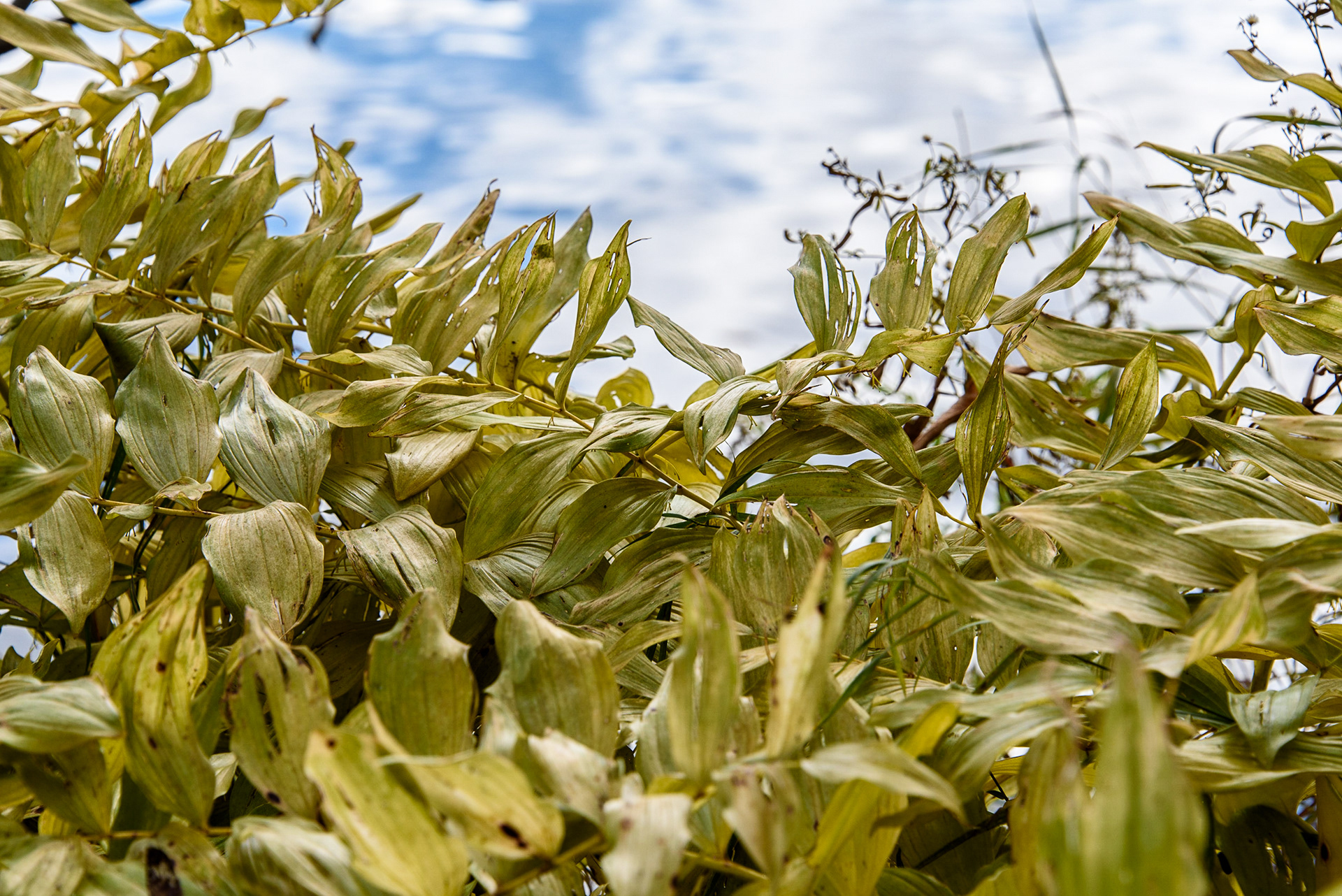
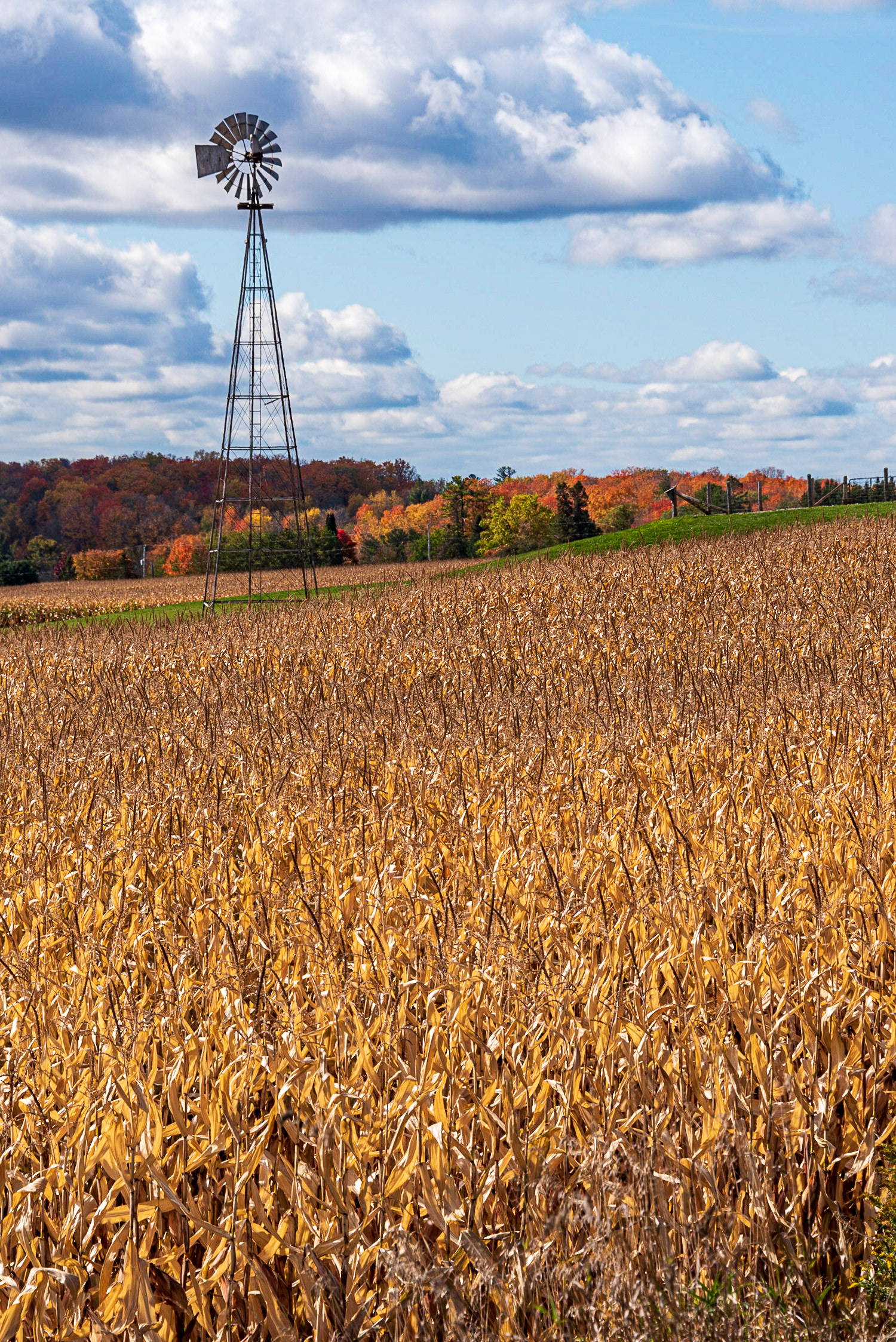
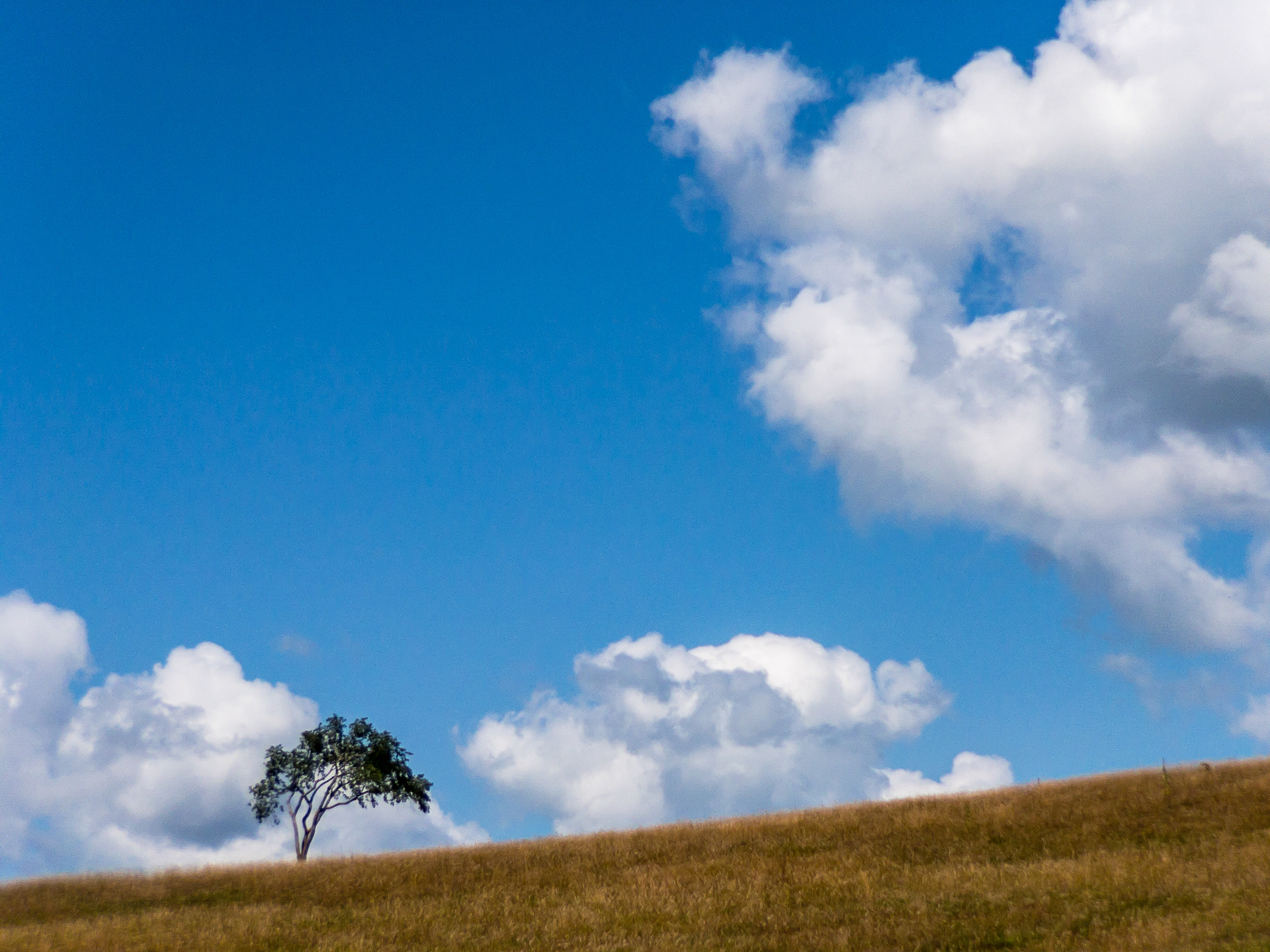

#4 - Change your focal length.
Many people think you must use a wide angle lens to capture a successful landscape, but that is not the case. Using a longer lens means you can shoot from further away (like, the roadside, for example). It can also assist in simplifying a composition by removing unwanted elements like a dull grey sky. And you can also create strong graphical, or abstract compositions with a log lens, by singling out color, shape, line and patterns. A longer lens may give you the "access" you want, without trodding upon an active field.


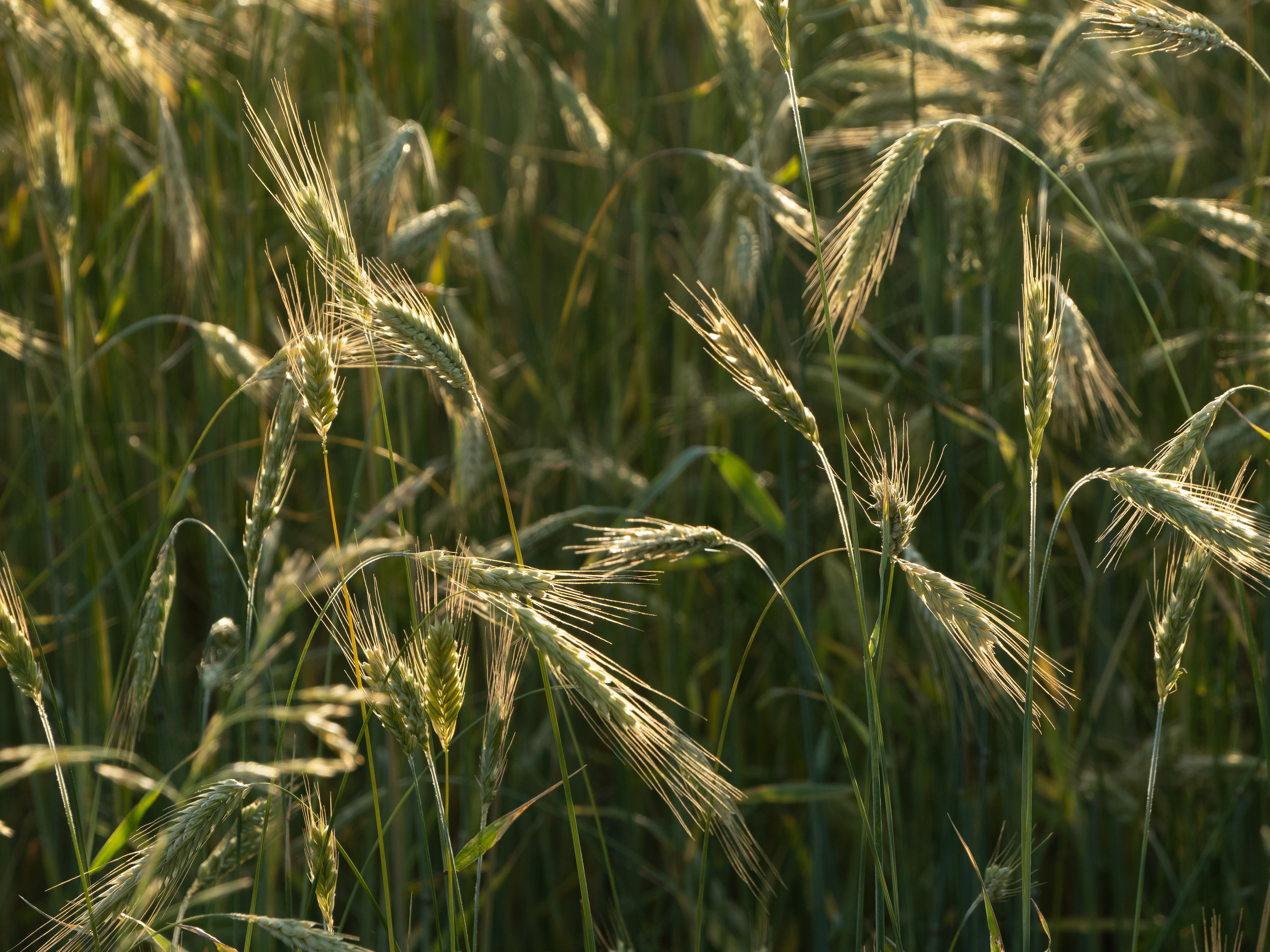




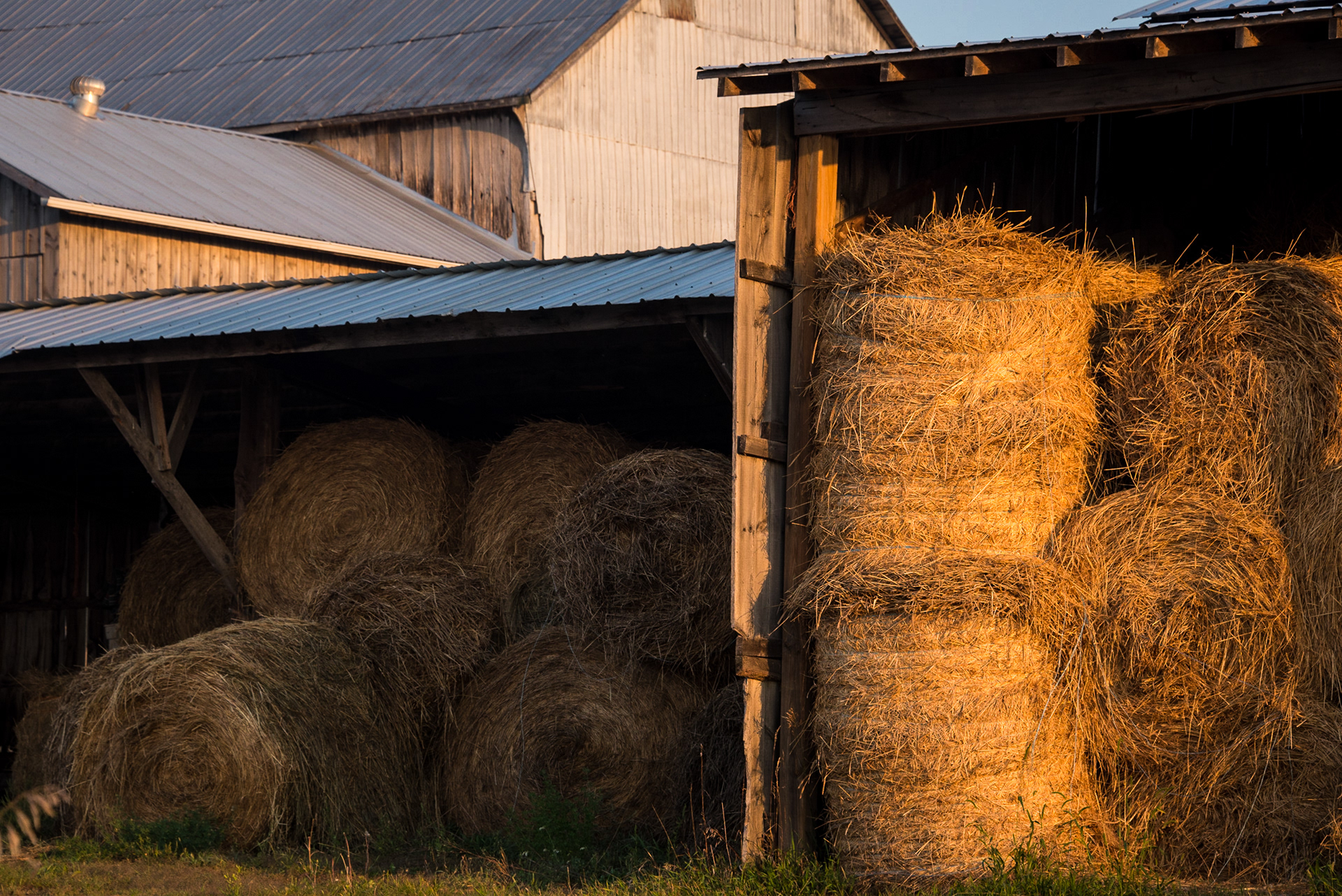





#5 - Introduce a familiar element to create scale.
In terms of a selfie, that element is likely you. Aim your camera - from the roadside of a field - so that you are just part of the scene and the beautiful field of canola, soy, wheat or corn occupies more of the image. Or look for something recognizable in the scene - a tree, fence post, barn silo, tractor, etc to help viewers get a sense depth through visually comparing elements in the scene.

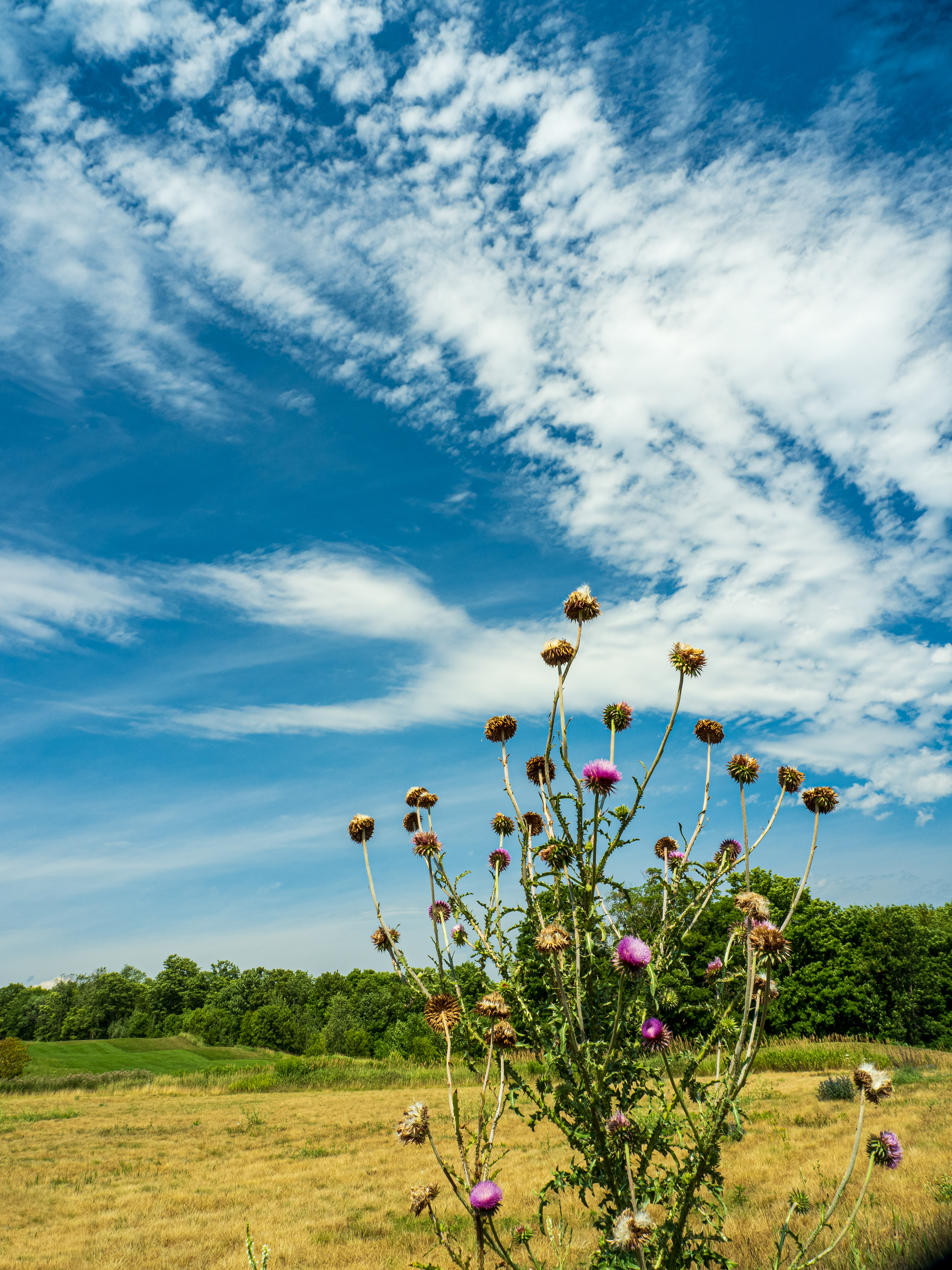

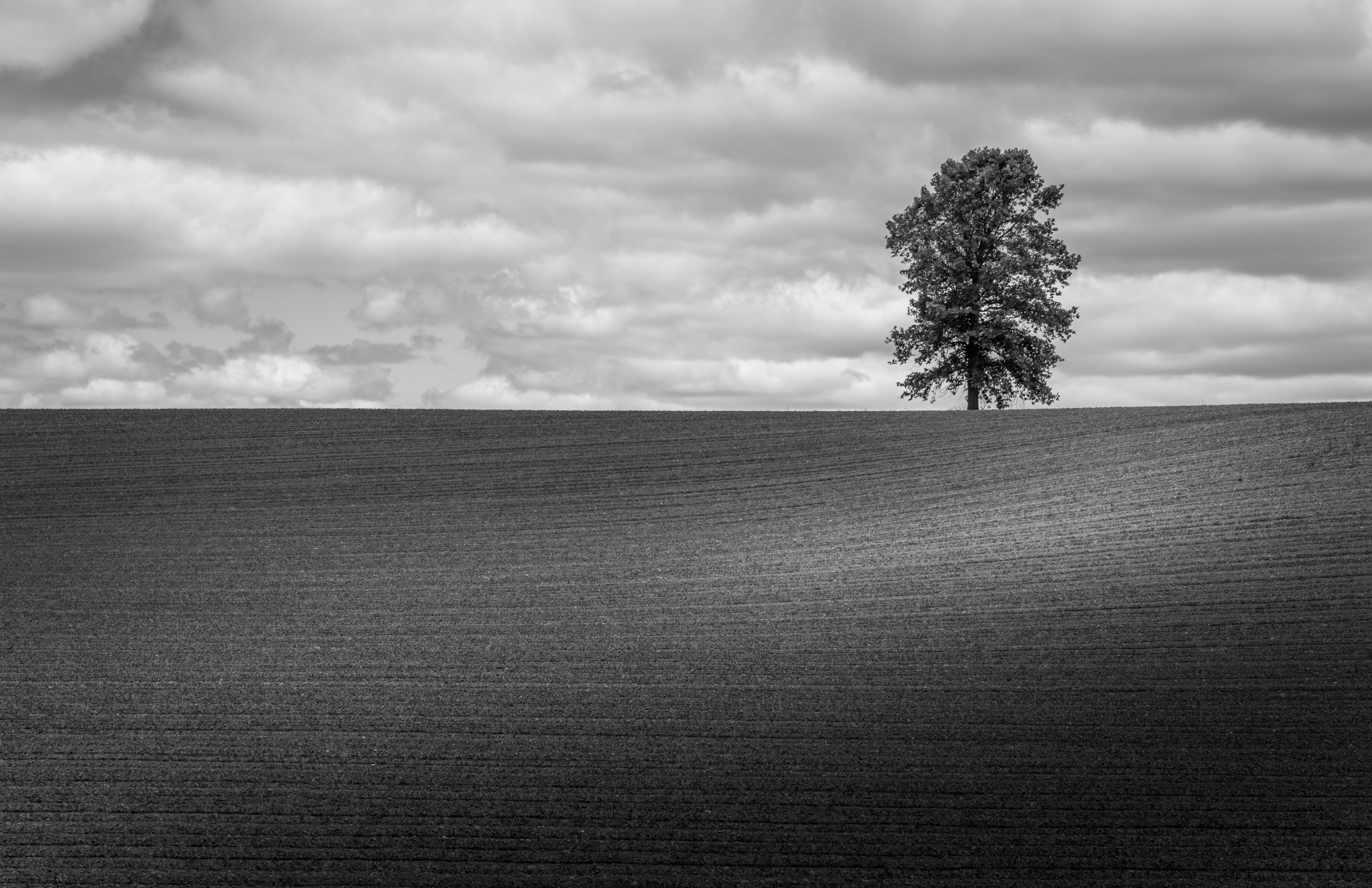

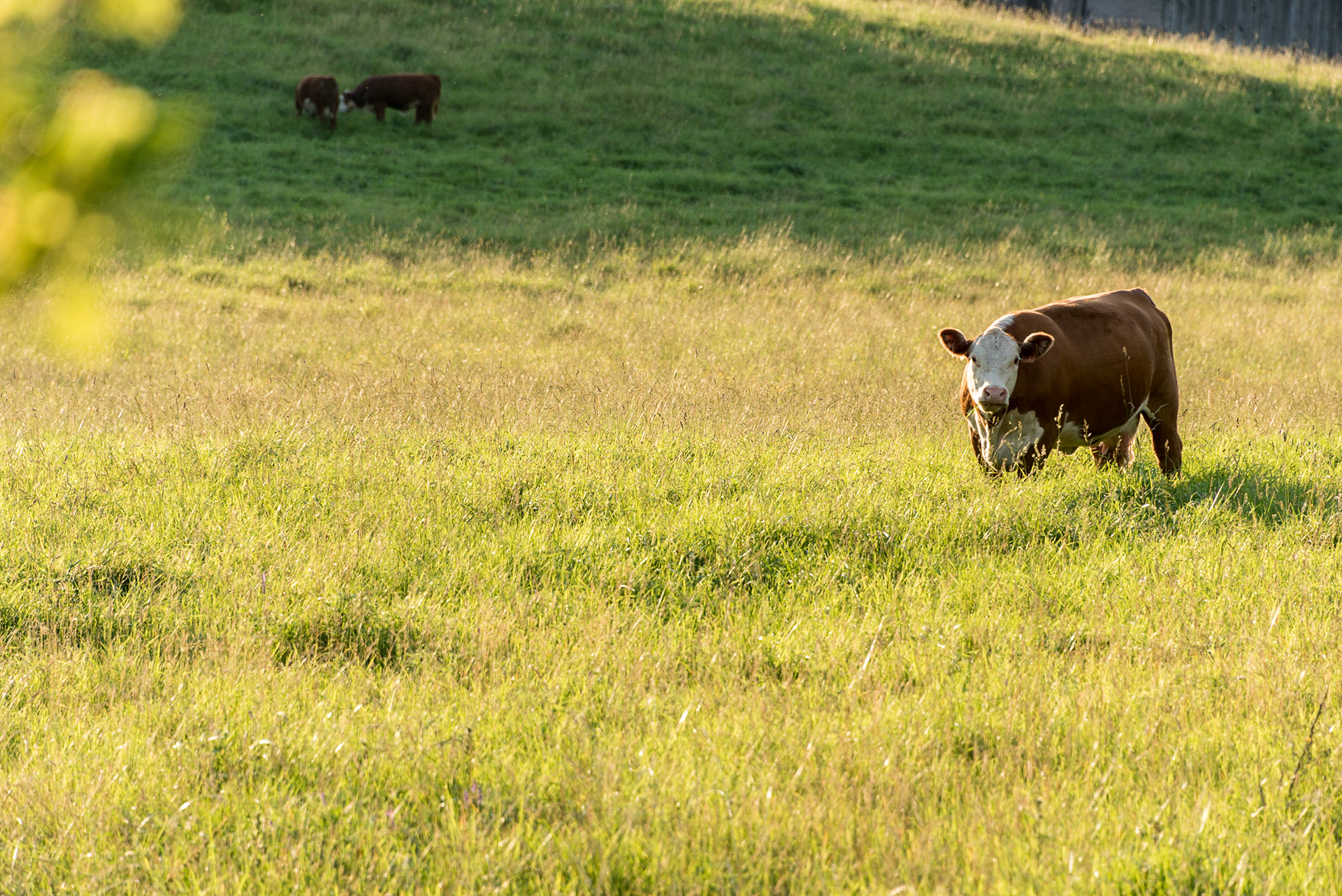




#6 - Look for storytelling elements.
A landscape in and of itself can be a beautiful, dramatic image; but if you include other elements that help the viewer imagine a story behind the scene, the image can be even more powerful.





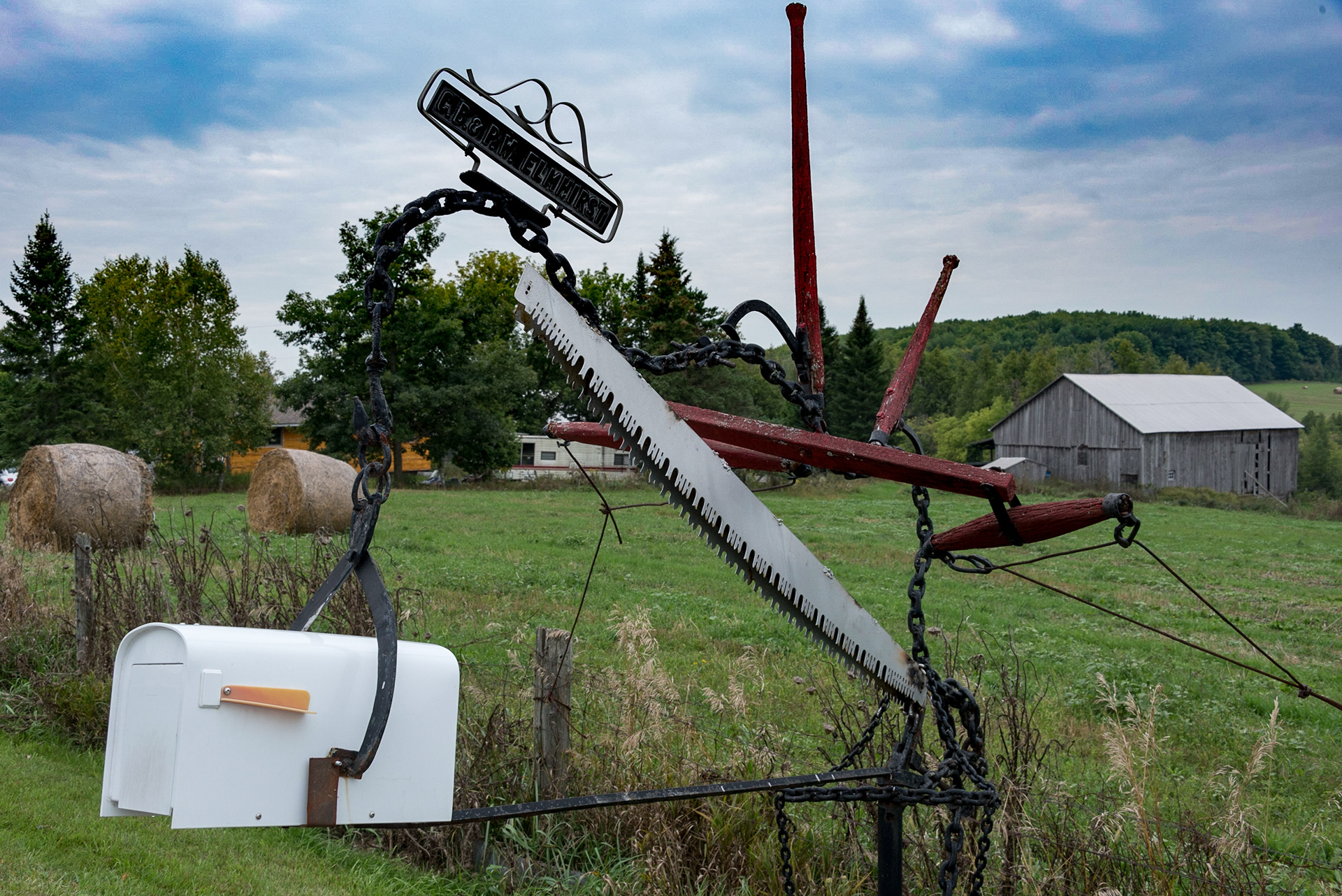




#7 - Consider the Foreground.
Foreground is important. Enough so that I'm talking about it in three different ways. Foreground elements can add depth, perspective, a sense of scale, and can be a strong compositional element all on their own.






#8 - Frame your scene.
Look for foreground elements that can frame your scene. These elements do not need to be in focus in the final shot, but they can help establish a sense of depth in the scene, and often hide unsightly objects like a power line or hydro pole.




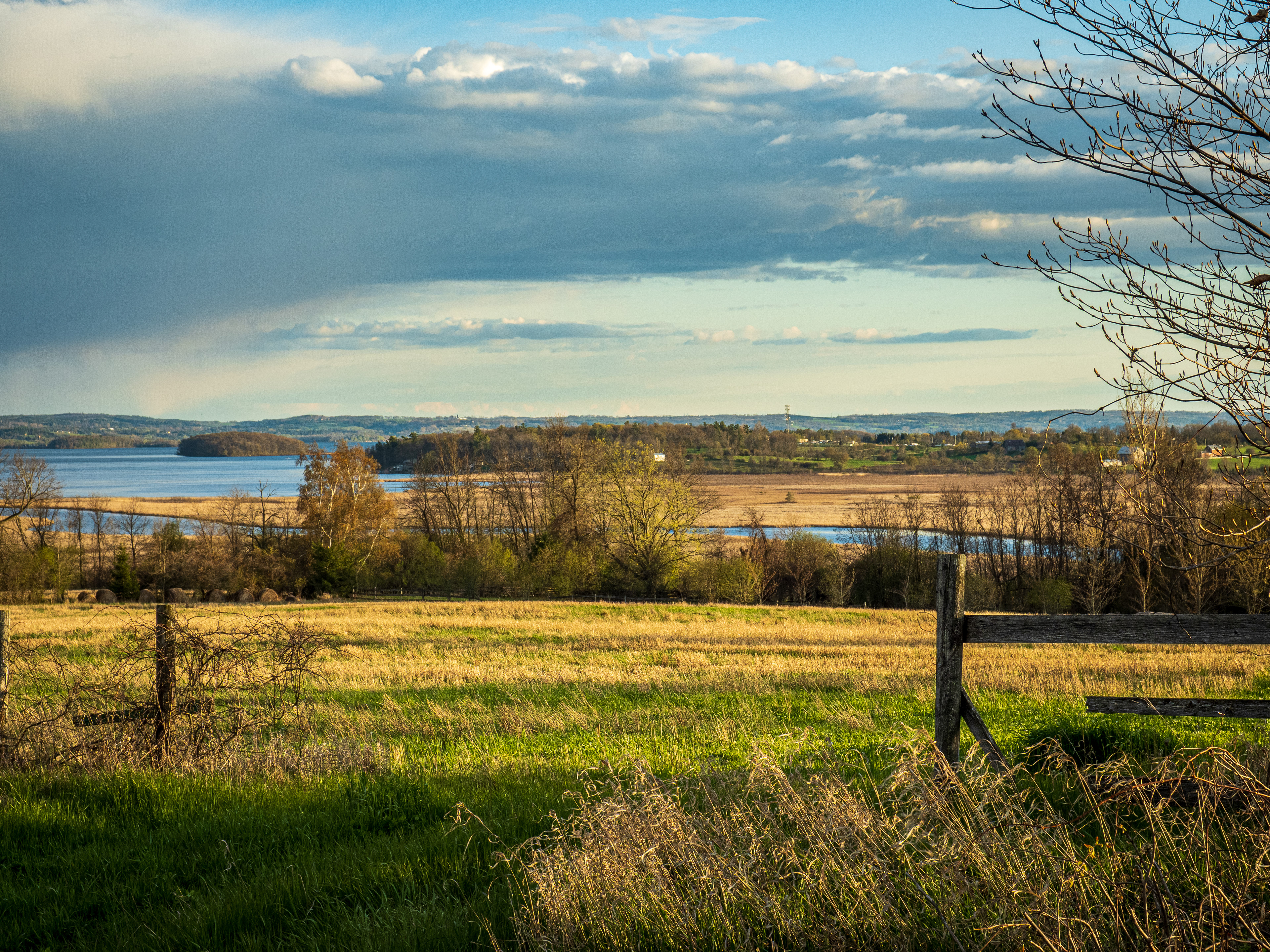
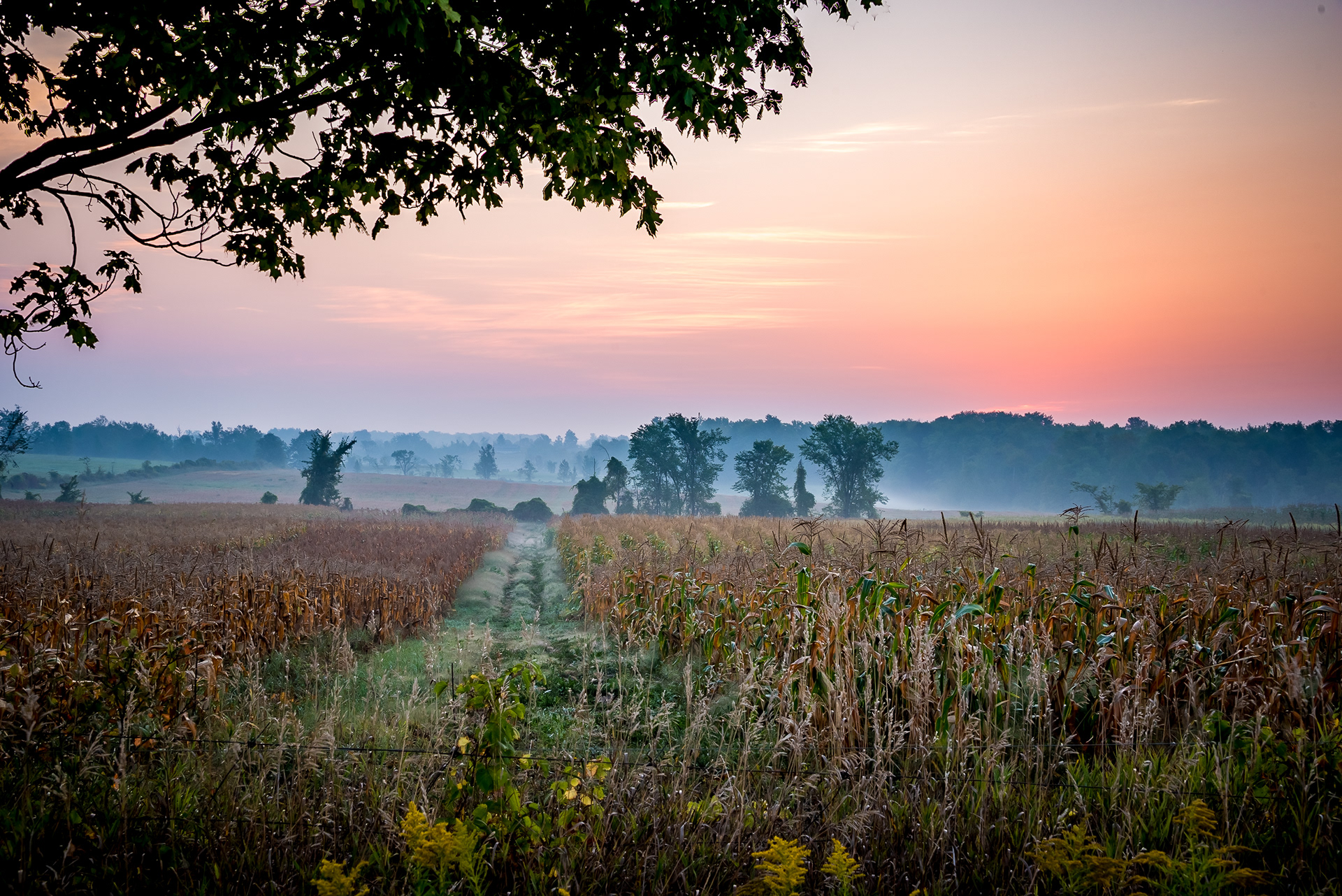
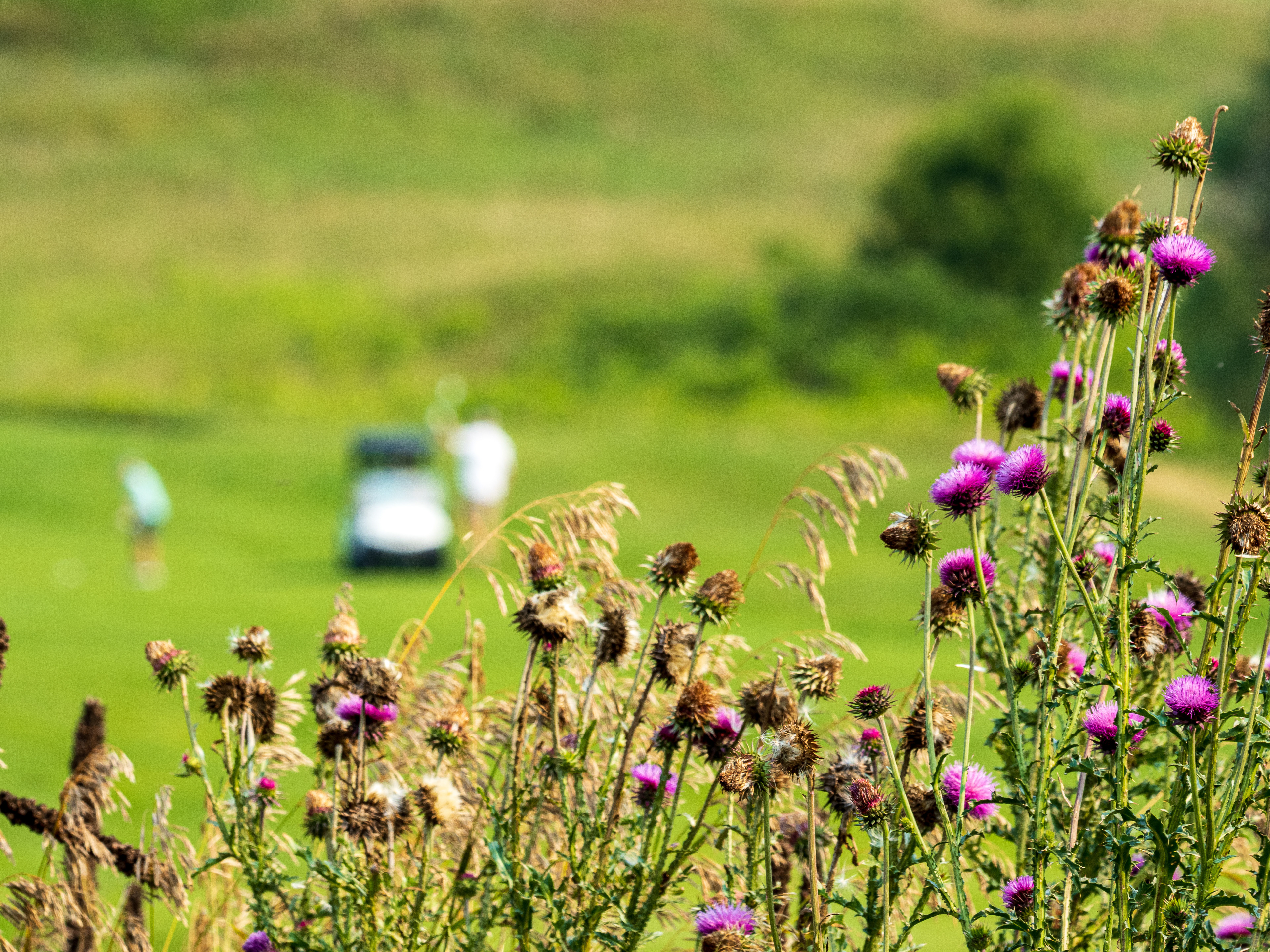
#9 - Don’t ignore the fence.
Sometimes you will get lucky and find an old split rail fence in the foreground. This really adds character and helps to tell your visual story. But often, modern fencing is heavy-gauge wire and metal posts. Look around for any remaining wooden posts, or an area that might be overgrown with vines, or moss. Maybe the fence leads to a more substantial gate. If you have the right time of the season, that gate may even be open, to allow for tractors to enter (NO, this is NOT an invitation to YOU to enter). Can an element like this act as a visual anchor to help the viewer explore the scene? You could even use the fence itself as either a focal point or as framing medium to shoot through.


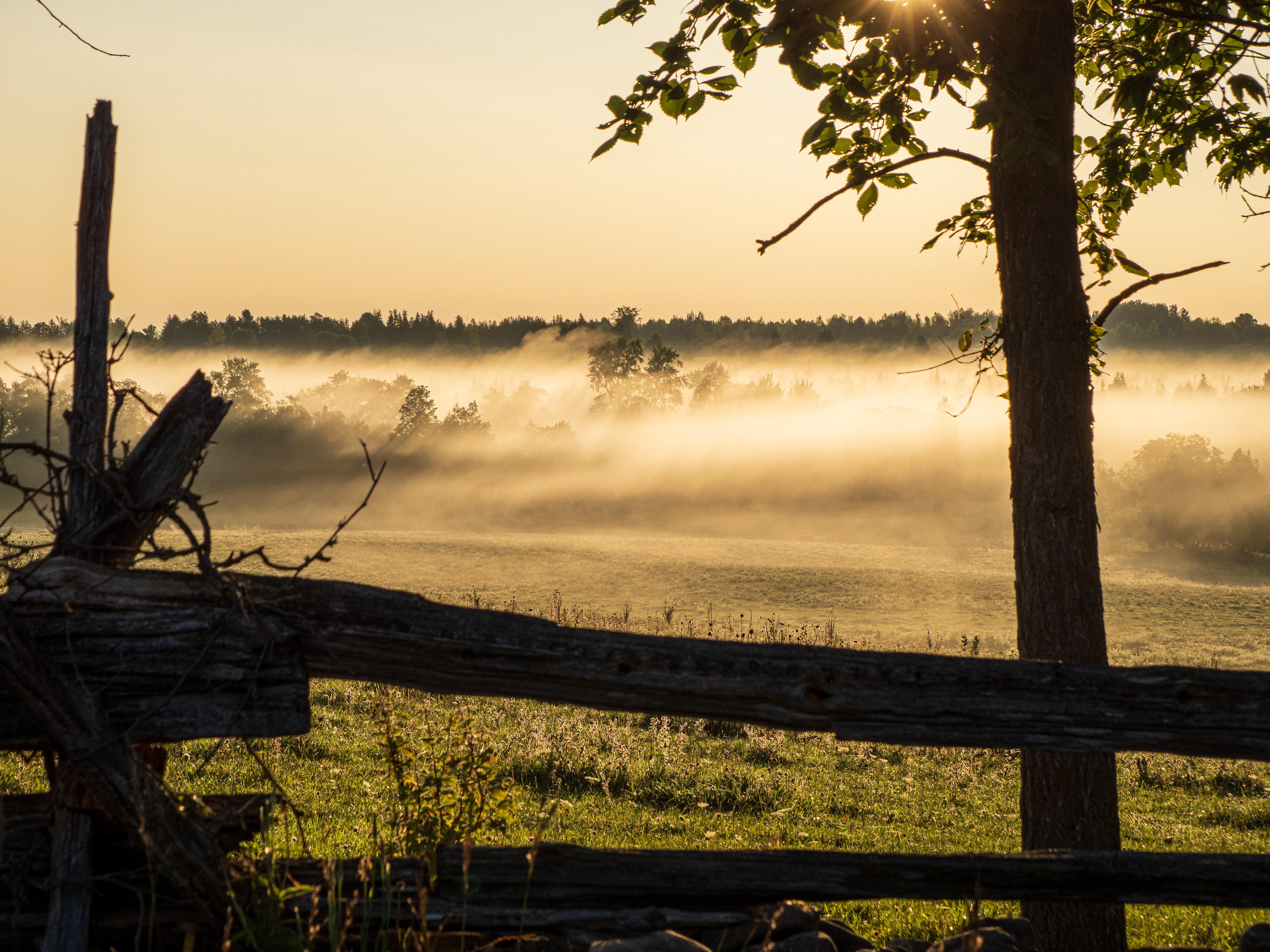

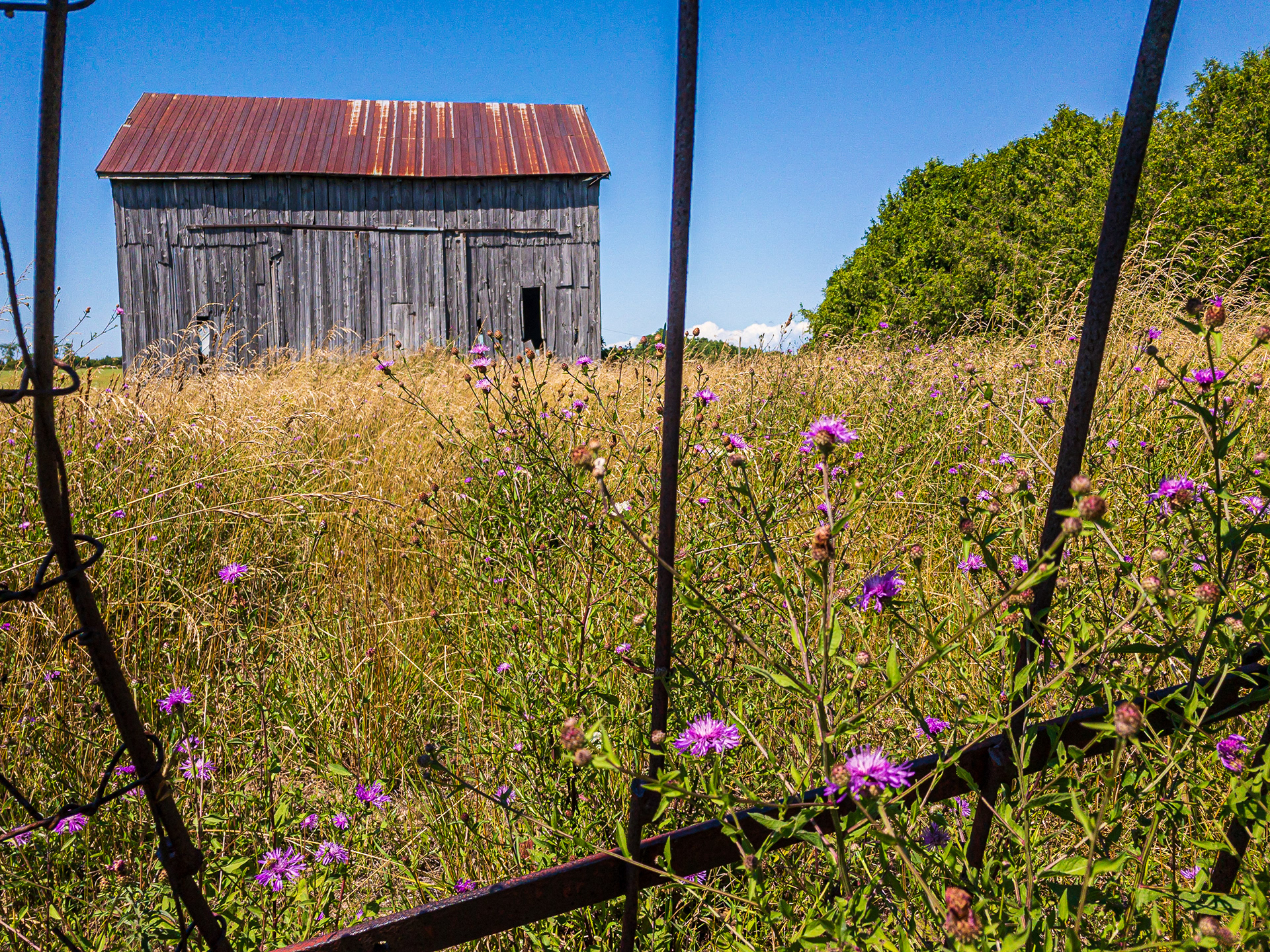




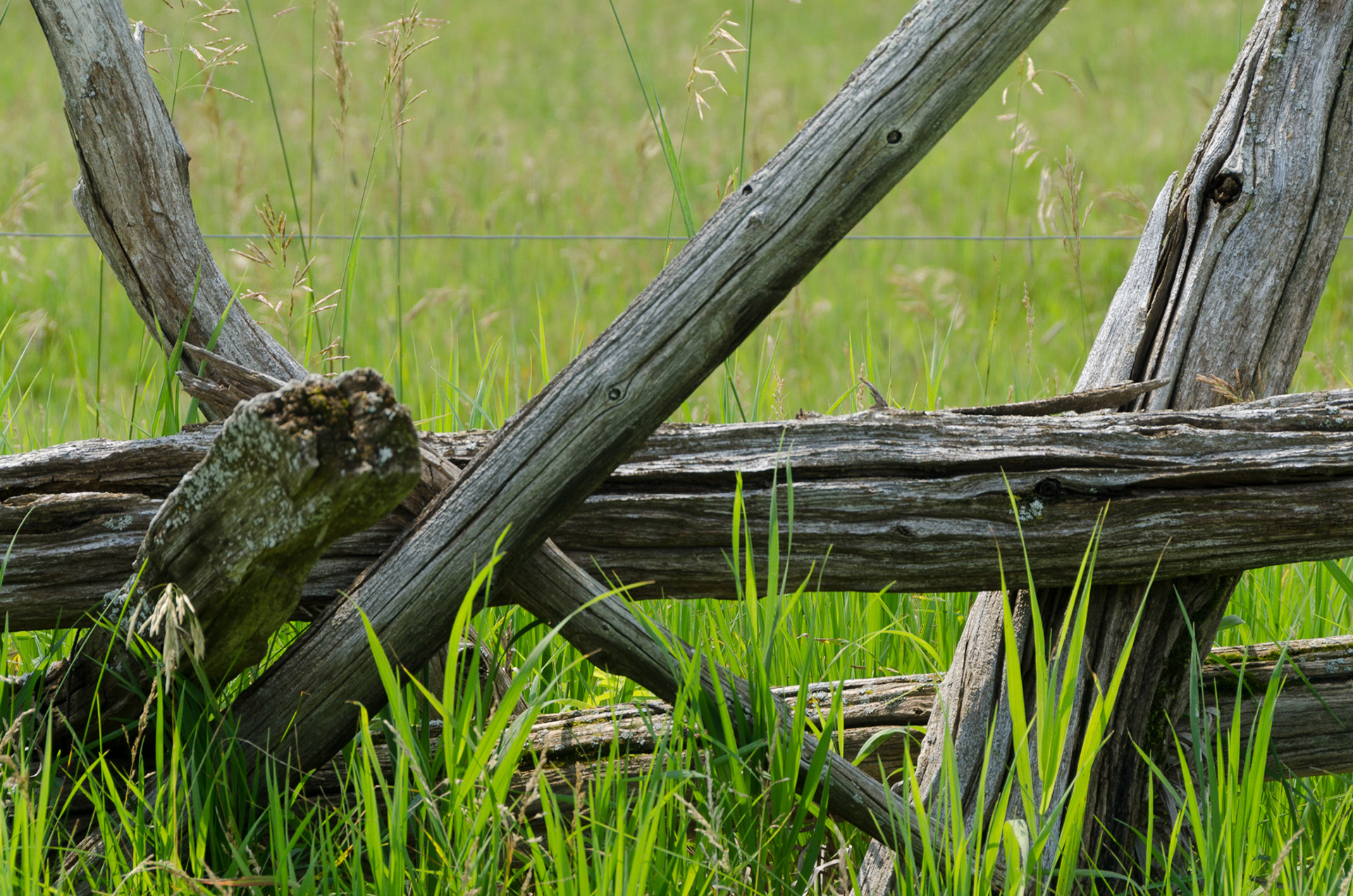



#10 - Post-Processing is Your Friend.
I'm not going to make this an argument for shooting in raw format whenever possible (but please, DO shoot in raw whenever possible); there are countless articles and blogs and videos on this subject. Suffice to say I always capture in raw, even on my smartphone, for the most flexibility in post-processing.
That said, however, even if you don't/can't/won't shoot in raw, post-processing in the form of cropping, masking and local brightness/color adjustments can add a significant amount of visual interest as well as help your viewer to focus on what YOU saw. Help them understand what made you want to stop to make this photo.
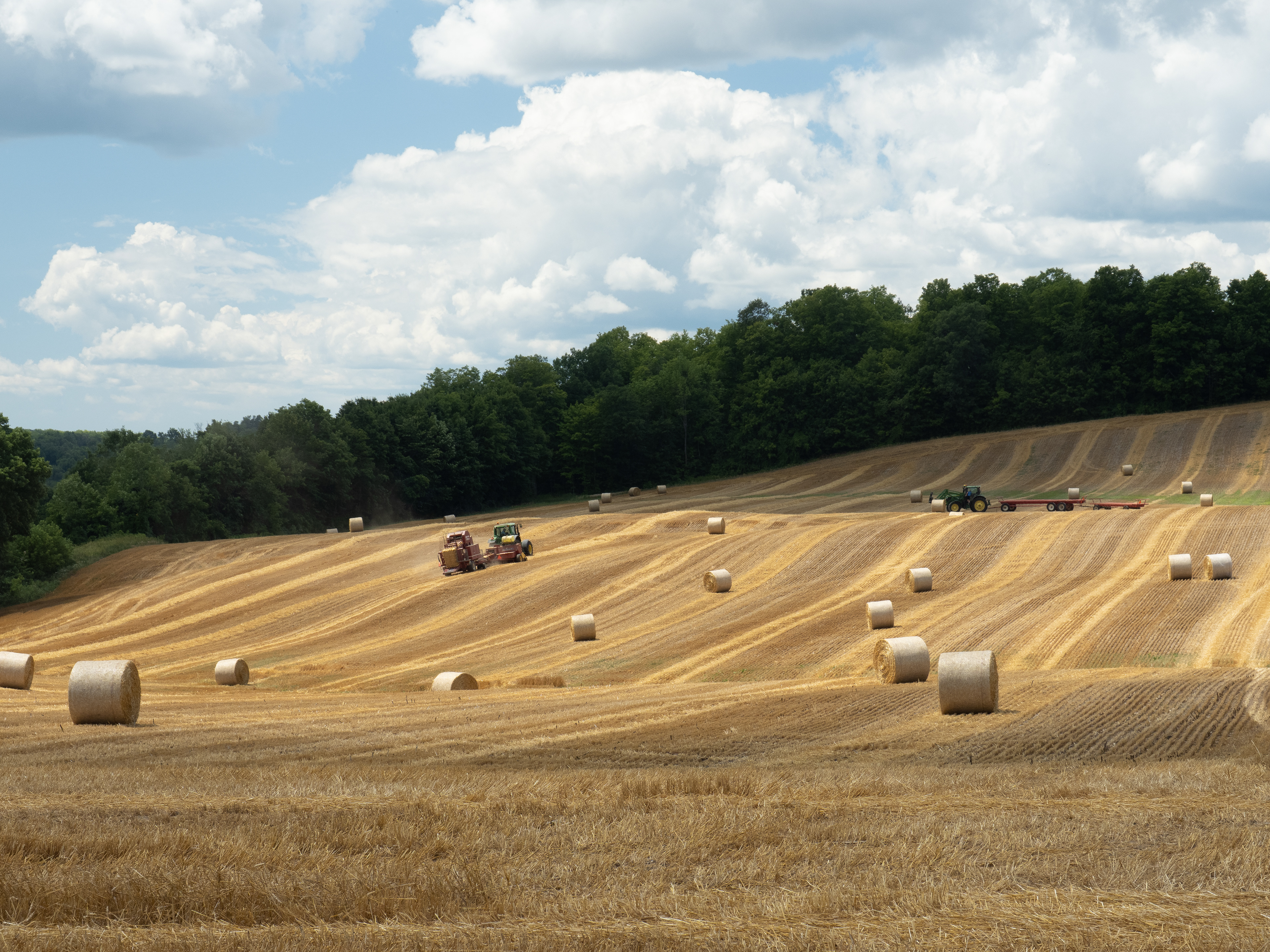

Post-processing your files (raw or jpeg) can really enhance the image and add impact.


Use your digital imaging skills to create your own story or effect,


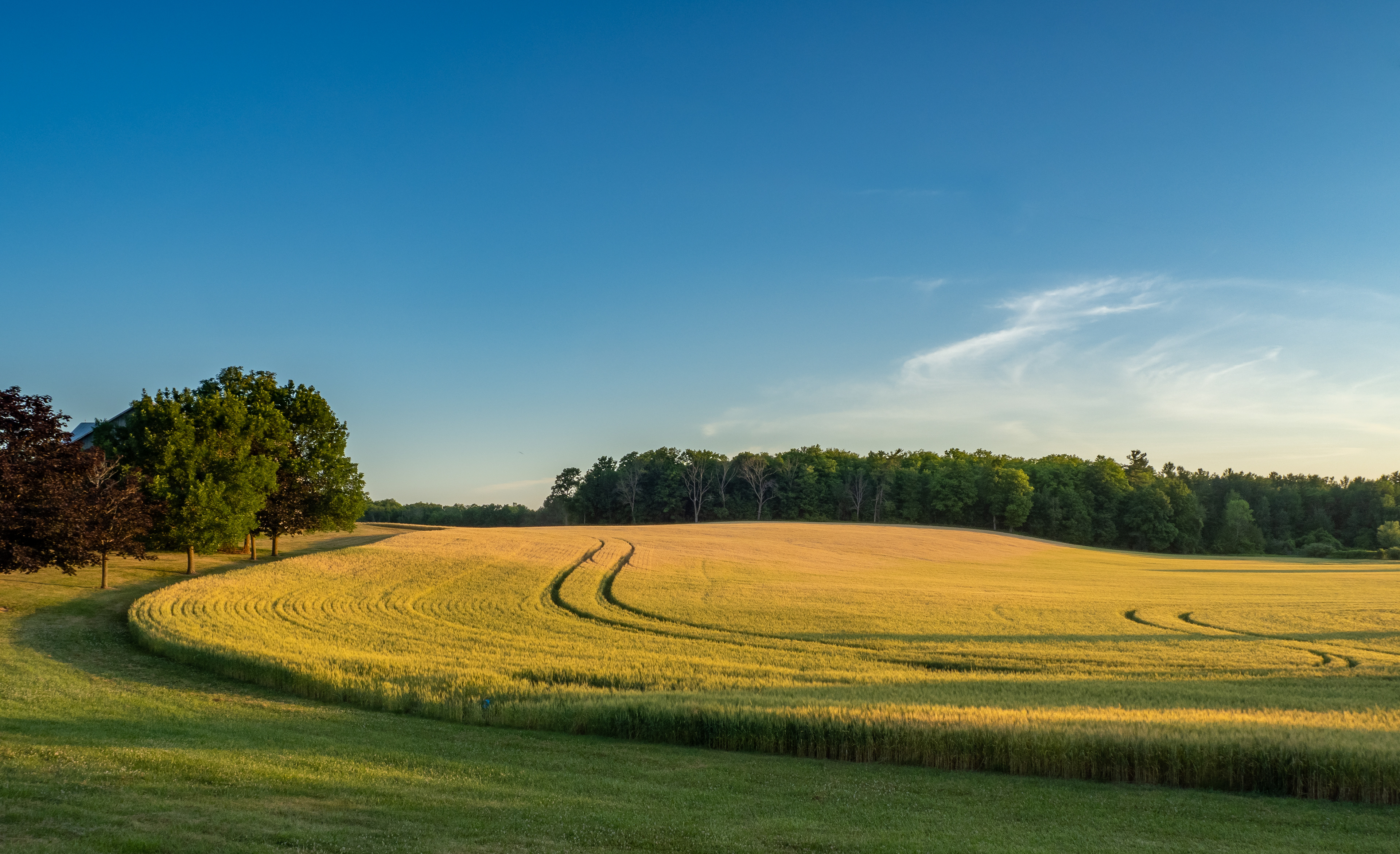

Don't underestimate the importance of cropping; it can simplify your composition and get rid of undesirable elements in the foreground and background, like a ditch, or powerlines.
#11 - Bonus Tip - Ask Permission!
If you REALLY feel it's critical for you to be in that farmer's field, ask yourself this: "Am I willing/comfortable to go up the driveway of that farmer's home and ask permission to enter the field? Am I prepared to defend my request?" If all you're after is a selfie, the answer to those two questions is probably - or should be - no.
But if you are a true photographer and you feel your vision can be better shared/communicated by entering the field, then take the time to make the request. You could be told no, but you might also be pleasantly surprised. Just treat that access - if granted - with respect and make the effort to return the favor by sharing a photo or two with that farmer, even if it's just digital photos by email.
Below is a sampling of images I captured while on rural properties, with the permission or acknowledgement of the owner to be there. That first image at the top left is one of my best-selling prints, and also documents a beautiful animal who has since passed on.
I would like to thank the following for their cooperation and ongoing access to make photographs:
Liz George & Doug Mileham of Mileham Show Horses



